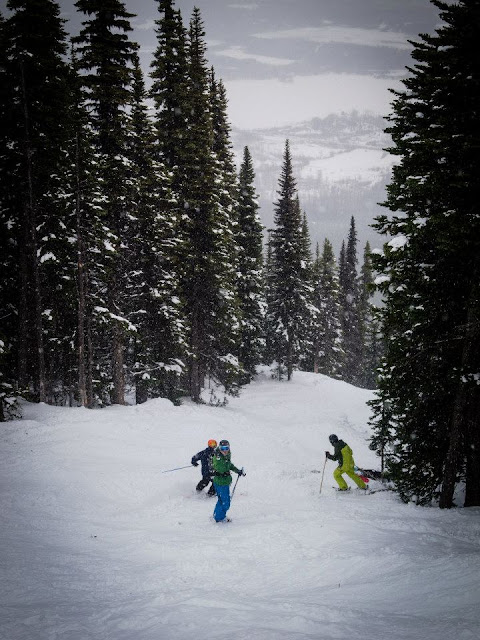History of photography
Dezirea. W
The first photograph, or the earliest known
surviving photograph made in a camera was taken by Joseph Nicephore Niepce
in 1826 or 1827. The image depicts the view from an upstairs window at Niepce's
estate, in the Burgundy region of France.
How long did it take
for the first camera to take a picture?

The grainy picture above is the
world's first photograph called "View from the Window at Le Gras" taken
and developed by French photographer pioneer Joseph Nicephore Niepce. He called
this process "heliography" or sun drawing. It certainly was a long
process: the exposure time was about
8 hours.
Originally all photographs were monochromatic
or hand-painted in color. Although methods for developing color photos were available
as early as 1861, they didn’t come widely available until the 1940s or 1950s.
That being said most photographs were taken in black and white.
Who
invented camera? Johann Zahn designed the first camera in 1685. But the first
photo was “clicked” by Joseph Nicephore Niepce in 1814.
The
first recorded attempt at building a digital camera was in 1975 by Steven
Sasson, an engineer at Eastman Kodak.
The use
of photographic film
was pioneered by George Eastman, who started manufacturing paper film in 1885
before switching to celluloid in 1888-1889. His first camera, which he called
the "Kodak," was first
offered for sale in 1888.
NASA photographers snapped the first photograph of a Cape
Canaveral launch in July of 1950. The rocket being launched was known as the Bumper
2, it was a two-stage rocket comprising a V-2 missile based and a WAC Corporal
rocket. The shot also clearly showcases other photographers lined up and ready
to get their images of the event. 

The first photograph of a human appeared
above in and was captured by Louis Daguerre. The exposure lasted around seven
minutes and was aimed at capturing the Boulevard du Temple, a thoroughfare in
Paris. Due to the long exposure time, many individuals who walked the street
where not in place long enough to make an impression. However, in the lower
left of the photograph we can see a man standing and getting his shoe’s
polished. Further analysis of the picture later found a few other figures..

This
photo from 1908 showcases the death of Aviator Thomas Selfridge. The plane was
an experimental design by the Aerial Experimental Association, which was part
of the US Army. The plane was also carrying Orville Wright when it crashed
however, he survived.

The
invention of photography would revolutionise culture and communication in the
West forever. For the first time, images of real life could be captured for
posterity and sent around the world. Portraits of royalty and other celebrities
allowed members of the public to feel they were viewing these people ‘in the
flesh’. The dead could be remembered, the fleeting could be fixed.
The
British inventor Fox Talbot produced his first successful photographic images
in 1834, without a camera, by placing objects onto paper brushed with
light-sensitive silver chloride, which he then exposed to sunlight. By 1840,
Talbot had succeeded in producing photogenic drawings in a camera, with short
exposures yielding an invisible or ‘latent’ image that could be developed to
producea usable negative.

Comments
Post a Comment